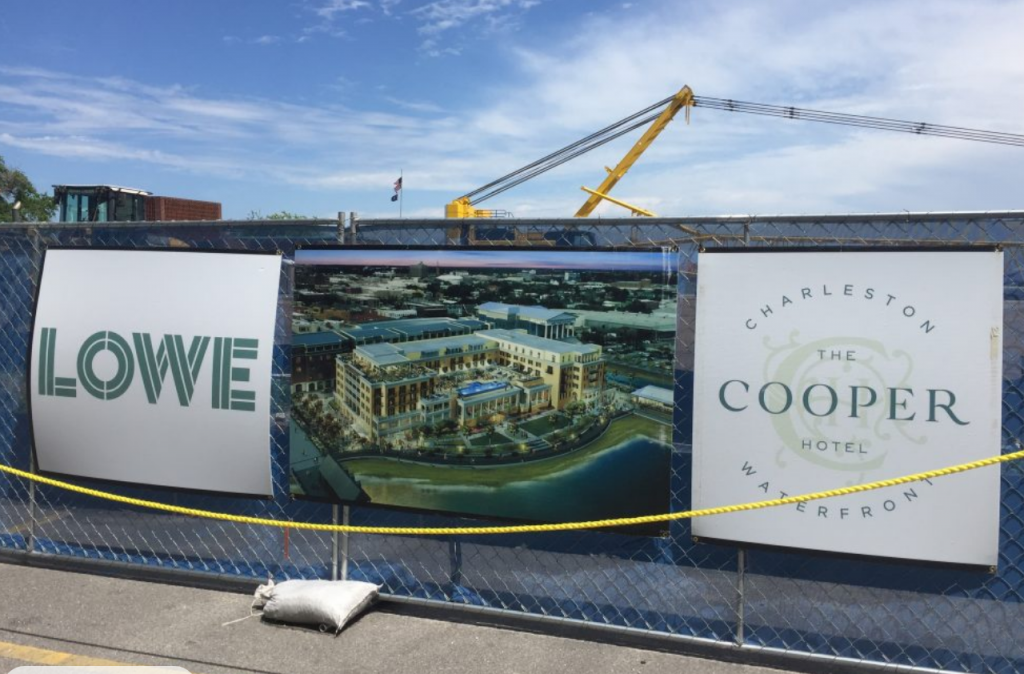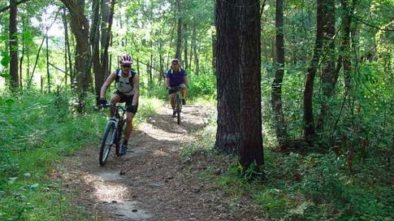Charleston is asking its residents to save our hospitality industry but did the city and the industry turn on its locals first?
By Mark A. Leon
You all remember the moment when you saw the first crane over the Charleston skyline. Then another. Then another. Seven years later you don’t remember a moment when every corner of the city and within the metro was nothing more than a constant race up to the sky. That is when the narrative of our city began to change. Our story took a turn and residents no longer became the characters, but the audience as the focus became very clear: Design a city with a single focus, tourism and an economic model focused on the profitability of this new population of travelers.
Eager investors both locally and outside our region saw this as an opportunity while others bore witness to gentrification and a cleansing. The city of Charleston was changing, but not for the betterment or wishes of its citizens. A body of elected individuals turned their backs on its own people to open the flood gates of tourism, spiked prices, rents, and taxes.
Within our local media, there was an opportunity to become ambassadors to speak on behalf of its readers, but they sensationalized the news they knew would sell newspapers and advertising. For every new development, hotel, boutique, and high-end store that opened or came under contract, they promoted it as top news knowing it would stir the emotional pot and sell media.

Today we look upon the empty restaurants and wake up each day to a new reality. Our local leaders are asking its residents throughout the Lowcountry to come in and save the same industry that turned on them over the last five-plus years. COVID-19 may be the symptoms driving this new way of life, but it wasn’t the sole cause of the struggle.
Even restaurant proprietors saw the decline in local repeat business and began to franchise outside the city limits to Summerville, Nexton, Mount Pleasant and West Ashley.
As Charleston County began to grow at one of the fastest rates in the country for mid-sized communities, business owners and landlords began to take advantage by raising rents with no sign of rent controls or subsidized support.
Now a $1.75 billion seawall proposal in which Charleston would pay $600 million is being proposed to alleviate the pressures of the flooding. Not only is this 6 years late on a promise made by our current administration, but it is focused on the peninsula only where the tourism and economic drivers lie. For the communities outside of downtown Charleston, this will not address your flooding issues that will remain.
Walking the streets of Charleston is both beautiful and heartbreaking. To see the empty streets gives us the perspective to reflect on the history, architecture, and sincerity of its Southern roots, but to witness empty restaurants, curbside parking signs, blockaded parks, and restless uncertainty is difficult to see.

When and if we return to the life we once knew, it may be time to look at balance. Though tourism is crucial to our economic growth, we have a body of people new and old that have called Charleston home. We have chosen this area for its natural beauty, beaches, dining, countryside, recreation, dining, and sense of family. We have starting to drift away from that. It may take a catastrophic wake-up call, but now is the time to rethink our future.


